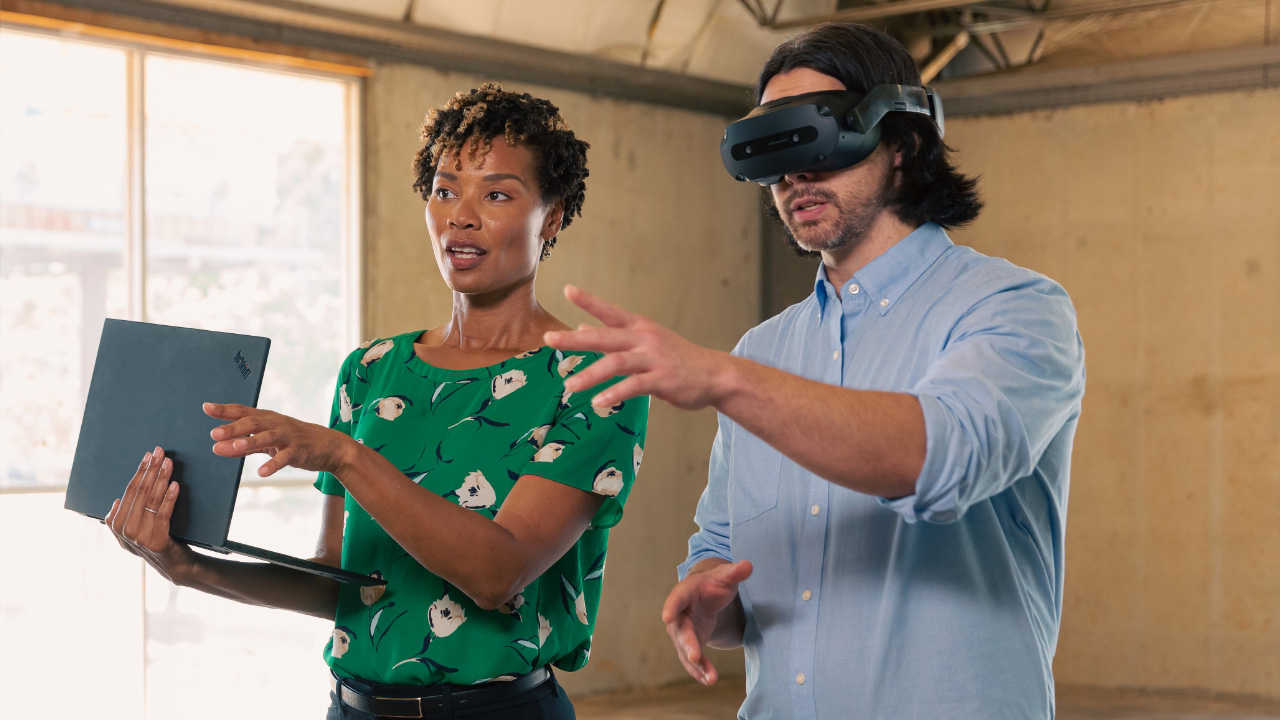Spatial Computing
What is spatial computing and how does it work?
Spatial computing is an umbrella term covering several technologies. As companies begin to combine digital and physical worlds, the term becomes easier to define. Spatial computing works by taking technology and combining digital environments with real-life scenarios and worlds.

What are some use cases for spatial computing?
Spatial computing is used for a variety of purposes, given it is an umbrella term. It can be used to create digital worlds that individuals can experience through virtual reality, overlay holographic images over someone’s view of the real world, and immerse professionals into computer-generated environments that are useful for creating a better workflow.
What are some key features of spatial computing?
Spatial computing includes features such as making interactions with computers feel more natural. The purpose of this technology is to immerse users in an experience in a way that a 2-dimensional environment cannot accomplish. These features vary, from fully replacing several senses with virtual reality like sight sound, and touch to overlaying digital assets on real-world views with augmented reality making things like navigation, work tasks, and communication easier.

When was spatial computing first created?
Spatial computing was a term originally coined by Simon Greenworld in 2003. The technologies that make up the umbrella term of spatial computing date back to the 1960s when virtual reality systems like immersive fighter pilot cockpits became popular and brought useful systems to the military, medicine, and business. It wouldn’t be for another few decades when everyday users will be able to access this technology like the Metaquest headsets or Apple XR device announced in 2023.
What industries or businesses can benefit from spatial computing?
The heart of spatial computing is technology that can immerse users in an experience, so any business, military, medical, or philanthropic organization can benefit from spatial computing technology. This technology extends to virtual reality, mixed reality, and augmented reality so organizations that are looking to evolve beyond traditional 2D training, collaboration, and creation can look towards spatial computing for a better future.
